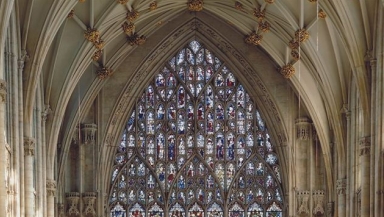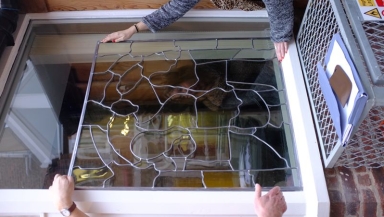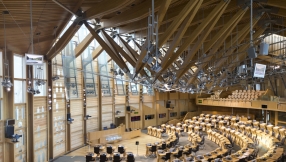
York Minster's stunning Great East Window will be preserved for many generations to come thanks to a revolutionary new glass being utilised to protect it.
The medieval masterpiece was designed by artist John Thornton and dates back to the 15th century.
It is the size of a tennis court and the largest single expanse of medieval glass in Britain.
The window has been removed from the cathedral and is being painstakingly conserved by York Glaziers Trust.
The trust is harnessing a cutting-edge UV resistant glass as part of the external protective glazing for the 15th century window.
York Minster has the privilege of being the first building in the UK to use the special glass.
"We are delighted to be at the forefront of this new cutting-edge technological advance, which represents a wise investment in the long-term care of the building," commented York Minster Revealed Director, Mark Hosea.
The previous protective glazing was sufficient to safeguard from the weather and keep the glass dry, but was unable to prevent damage by ultra violet radiation.
A long period of exposure to UV rays leads to a yellow discolouration of the epoxy resin used in the conservation of the stained glass.

There has been UV-resistant glass for some time but until now, it relied on laminations of glass and a UV-resistant foil.
The new Restauro UV glass developed by Glasshuette Lamberts, in Germany, breaks new ground by making the UV resistance an integral part of the glass itself.
"It is reassuring to know that we are now able to offer total environmental protection for all aspects of the conserved window," said Sarah Brown, Director of the York Glaziers Trust.
The work to conserve and restore the Great East Window is part of the York Minster Revealed project, which is due for completion in 2016.
The project costs £20 million, of which £10.5 million has been met by a grant from the Heritage Lottery Fund (HLF). The remainder of the fund has been raised by York Minster.
The conservation project includes installation of new state of the art multi-media galleries, displays of historic collections and interactive interpretations.













